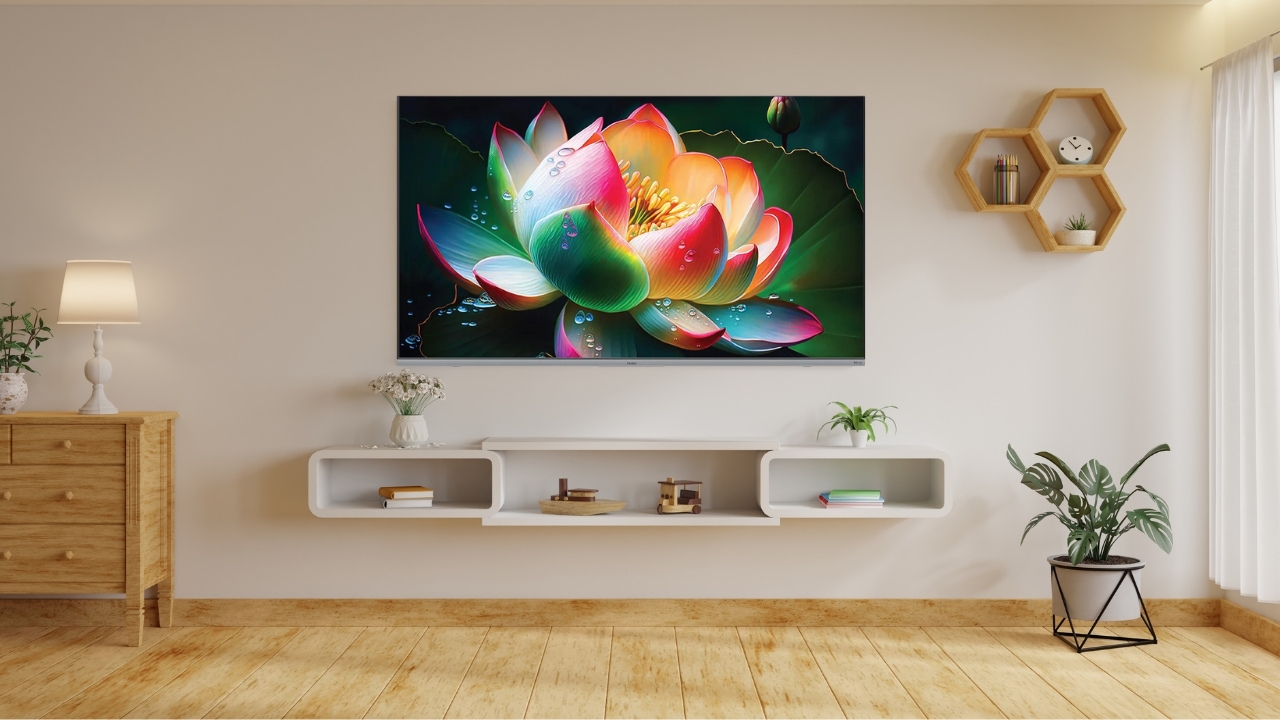Looking to buy a television set in 2024? As we embrace 2024, the sheer variety of options can be daunting.
So we decided to write a Comprehensive Buyer’s Guide to Televisions. One that isn’t just about the what’s on the market but helps you zero-in on exactly what you need.
The best part?
We’re diving deep into the cutting-edge advancements and showcasing how to choose the perfect smart television that complements your smart home ecosystem, without the overwhelm.
With features like larger-than-life screens, seamless Wi-Fi connectivity, and integration into your smart home, TVs have evolved beyond just an entertainment unit. They are now the heart of the modern, technology-driven home.
Imagine sitting down in front of a Smart TV that doesn’t just display content but enhances your living space, connects effortlessly with your other devices, and responds to your lifestyle needs.
If you’re ready to cut through the clutter and find a television that promises to elevate your viewing experience and integrate seamlessly with your smart home, then let’s get started.
Understanding The Television Technology – LCD/LED, OLED & QLED TVs

Understanding your tv tech is important so that you know what you’re paying for.
When it comes to smart TVs, display is the most crucial component. While on the surface, it might look like there are many different display types, there are 4 main technologies that a TV display is based on.
They are:
- LCD (Liquid Crystal Display)
- LED (Light Emitting Diode)
- OLED (Organic Light Emitting Diode)
- QLED (Quantum Dot LED TV)
Each of these technologies have their own unique characteristics as well as pros and cons.
LCD use liquid crystals to produce the image, which are illuminated by a backlight.
LED TVs are LCD TVs but use light emitting diodes for backlighting instead of the traditional technology of using Cold Cathode Fluorescent Lamps (CCFL). While LCD/LED TVs are cost effective with bright displays but they rely on backlighting which can lead to uneven brightness and lag in contrast as well as black levels.
OLED TVs have individual self-illuminating pixels. They come with benefits of exceptional contrast ratios, deep blacks and faster refresh rates compared to LCD/LED TVs. They can be made very thin and flexible, while they are not as cost-effective.
QLED TVs incorporate a quantum dot film between the LED backlight and the LCD layer, which offers brighter displays and more vibrant colors. They are brighter and more affordable than OLEDs but black levels and contrast cannot match OLED TVs as they still use a backlight. Until recently, OLED was limited to 4K resolution, but 8K OLED models were introduced in 2023.
When choosing between the OLED & QLED, consider the lighting conditions of your room and your personal preference for picture quality.
Resolution Revolution
4K and Variety
4K which is (3840 x 2160 pixels) also known as Ultra HD or UHD, is the standard screen size that is preferred by Modern India for Smart TV at their homes. It is popular even among the screen sizes above 65 inches. Best quality of 4K is that it provides high resolution with smooth and detailed images.
An 8K Television offers even higher resolution, but there is no original content in India yet. This makes 4K TV still the most practical and cost-effective choice in 2024 for customers.
4K Smart Google TV 165cm(65) With Far-Field
This 4K UHD TV allows finer details and increased pixel count which gives viewers cinematic experience. They are an ideal choice as they offer vivid textures for watching movies, sports, and other content where clarity is crucial.
Additionally, many 4K TVs come with smart features and advanced technologies such as HDR (High Dynamic Range) for better contrast and color accuracy. This improves the picture quality even more.
Comparison: Different Smart Television Options In 2024
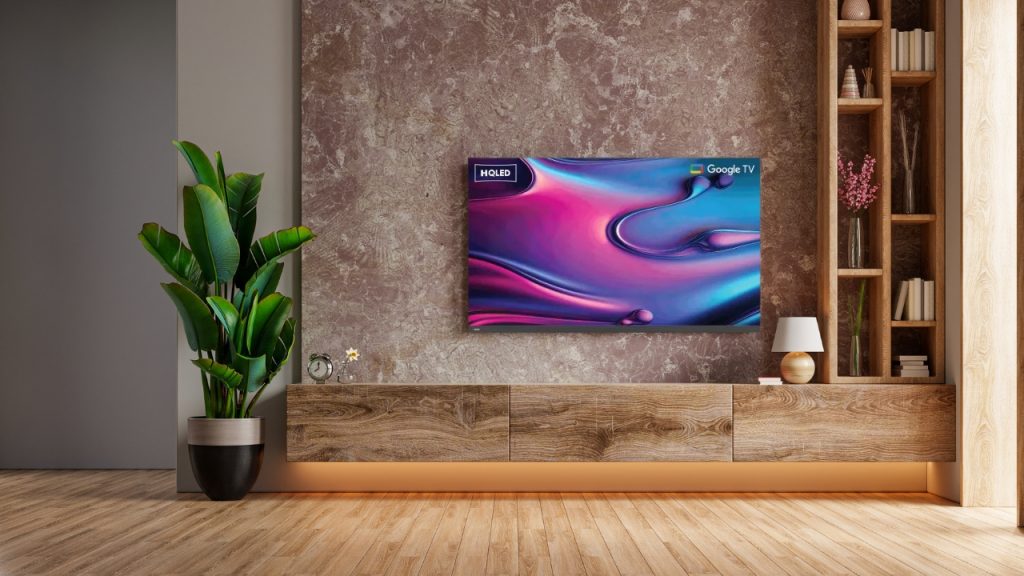
Here is a simplified table for you that will make your buying journey easier and tension free. You will be able to distinguish between:
- QLED
- OLED
- Full HD
- 4K UHD
- HD Smart TV
| Feature | QLED | OLED | Full HD | 4K UHD | HD Smart TV |
| Resolution | Varies (4K UHD commonly) | Varies (4K UHD commonly) | 1920 x 1080 (1080p) | 3840 x 2160 | Typically 720p or 1080p |
| Display Type | LED with Quantum Dots for enhanced brightness/color | Organic LEDs for deep blacks and high contrast | Standard LED | Standard LED or could be QLED/OLED in 4K | LED |
| Brightness | Very Bright, more vivid colors | Bright, with perfect blacks and infinite contrast | Standard brightness | High brightness, varies with technology | Standard brightness |
| Viewing Angle | Good, but may fade at extreme angles | Excellent, consistent across angles | Good, depending on the panel | Good to excellent, depending on technology | Good, depending on the panel |
| Lifespan | Long, but can vary based on usage | Shorter than LED due to organic material degradation | Long | Long, depends on technology and usage | Long, depending on usage |
| Price Range | Mid to high, depending on size and features | High, premium segment | Lower compared to 4K UHD and OLED | Mid to high, premium for OLED | Generally affordable, varies by features |
| Content | Benefits from 4K and HDR content | Benefits from 4K and HDR content | HD content, upscaled content looks good | Enhanced by 4K and HDR content | Smart features enable streaming HD content |
| Ideal For | Bright rooms, varied content consumption | Dark rooms, cinephiles looking for quality | Everyday use, budget-conscious buyers | Future-proofing, enthusiasts, gamers | Casual viewing, secondary TVs |
Smart Features and Connectivity: What to look for
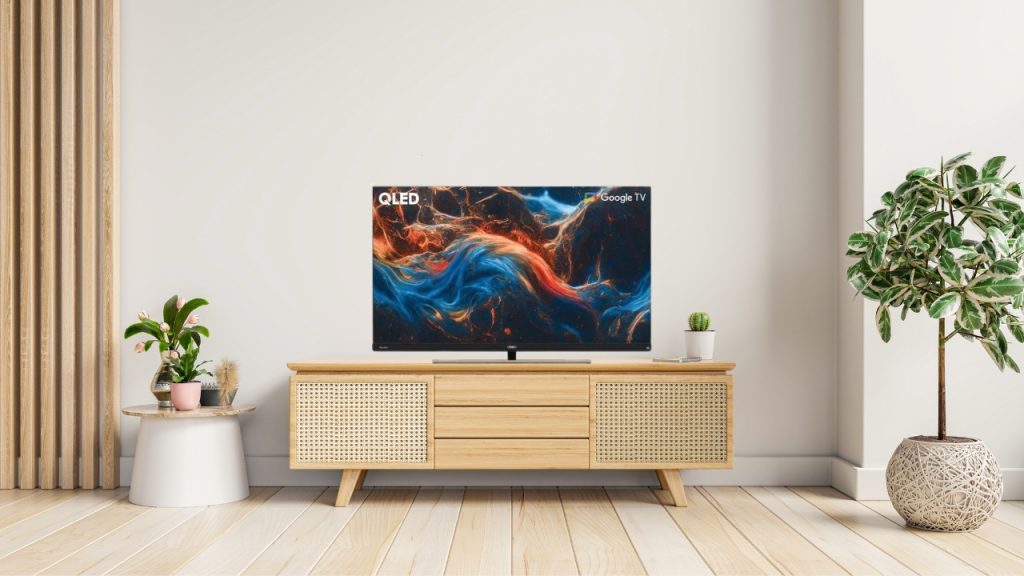
Before buying a smart television in 2024 for your home or office, you can consider the following features:
Operating Systems and Apps
The operating system is important to consider to avoid lag, or any other problem that can interrupt your viewing experience. Google’s Android TV embedded in 4K UHD or Full HD Television is a popular and premier choice by the customers as they come with user friendly Operating Systems and Apps. Look for a Smart TV that offer:
- Spontaneous Interface
- Quick Response Times
- Extensive App Library
- Visual Appeal
- Seamless Integration
An operating system that excels in these areas can significantly enhance the smart TV experience.
Connectivity and Ports
Connectivity and Ports is something that we do not pay much attention to when buying a TV. But if you are someone who plans to connect multiple devices, such as game consoles, soundbars, or streaming devices then you must consider this factor and check if the number of ports and the connectivity options that the Smart TV is providing match your preferences.
The Importance of Sound Quality
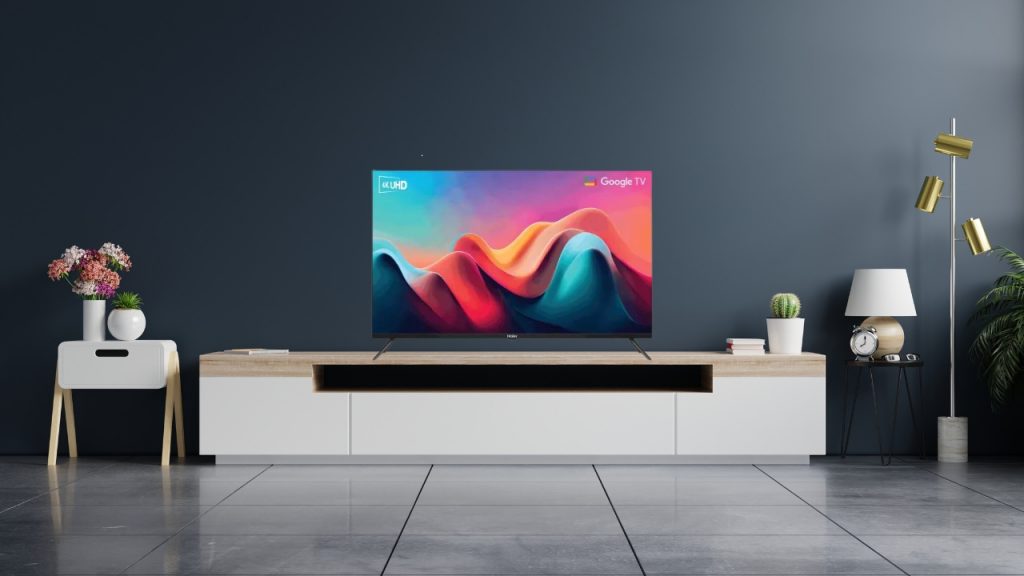
Imagine watching a movie with bad sound quality, it spoils all the mood. While picture quality is something everyone focuses on, sound is an equally important aspect of your viewing experience. We recommend you to choose a Television with high-quality speakers. Consider models with built-in sound bars or plan to invest in an external sound system.
Size and Placement
Choosing the Right Size
Selecting the right size of your Smart TV entirely depends on your room dimensions and how far you’ll be sitting from the screen. As a general rule, the viewing distance (in inches) divided by 1.5 gives you the recommended screen size. With the improved resolution of modern TVs, sitting closer has become less of an issue.
Placement Considerations
Consider the place where the TV will be placed before buying. For those planning to place their TV on a stand, check the dimensions and weight of the TV against the specifications of the stand. For those who want to place the TV on Wall, measure the area and also imagine how it will look from a distance and close.
What to Avoid While Buying a TV

After considering things that you must look for in your Smart TV, you must also consider factors which you do not want. Here are the things to avoid while making your ideal TV purchase and making your buying experience guilt free:
Overpaying for Unnecessary Features
With so many Smart TVs categories offering a tremendous number of features, it is easy to get swayed. But always focus on the features that you really want in your TV like best picture and sound quality. Gaming experience feature if you are a gamer. Screen size based on your room. Avoid paying a lot for features that you are not going to use now or in the future.
Ignoring User Reviews and Professional Ratings
This is another mistake buyers make before purchasing the right smart tv for themselves. Go through user reviews and professional ratings to get an idea of what you are subscribing for, as TV is not something you buy often, it is a long term investment and you should pay attention to reviews and recommendations.
Neglecting Compatibility with Existing Devices
Do not neglect the existing devices of your home system, opt for a Smart TV that is compatible with them. Check the types and numbers of ports, as well as any wireless connectivity options like Bluetooth or Wi-Fi. Consider all these things and make the final choice. Your New Smart TV should integrate well with various content sources and devices, such as cable/satellite boxes, game consoles.
Concluding Thoughts
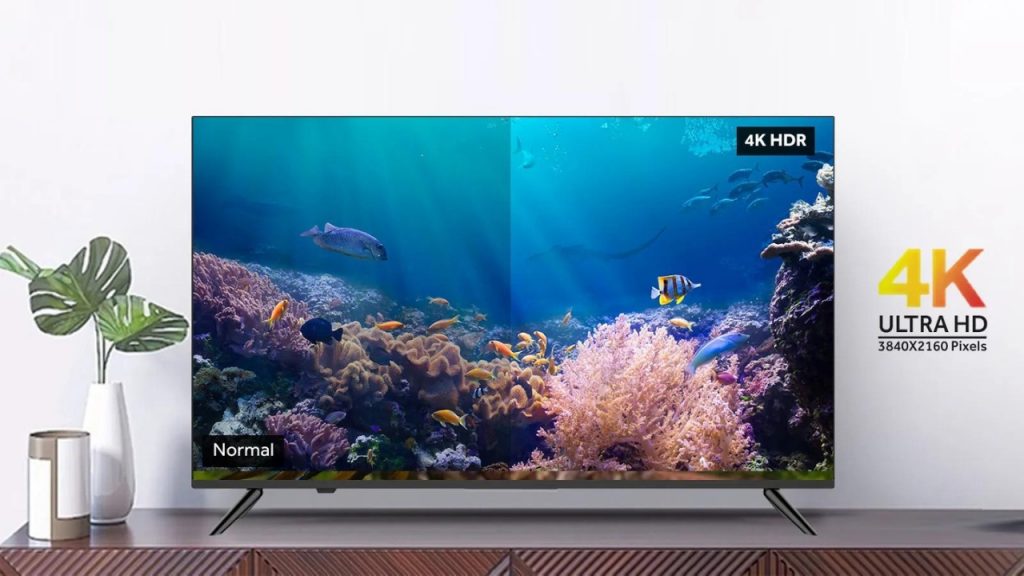
As the technology continues to advance, you will come across plenty of options to choose from. The key is to ‘focus on your needs’, rather focusing on other unnecessary features that you will not even use.
We hope that you find the 2024’s smart tv buying guide useful.
Remember that ‘Bigger is NOT always better’ and make your choice by carefully evaluating the size of the tv screen that will suit your home the best.
Here are some smart TV options from Haier that you may want to checkout:
Happy TV hunting!

